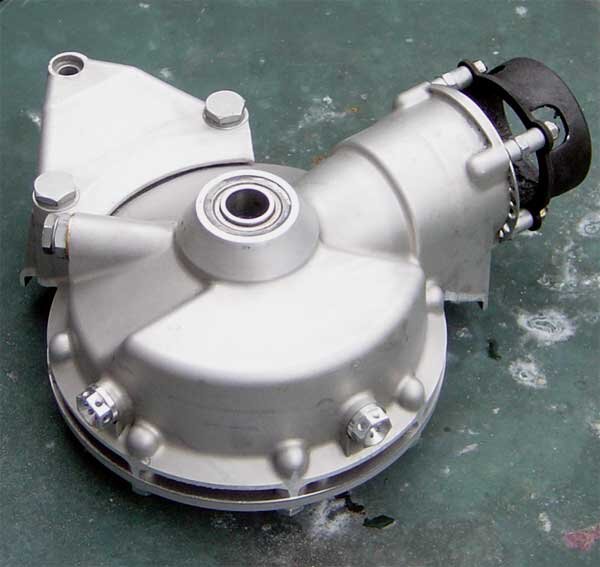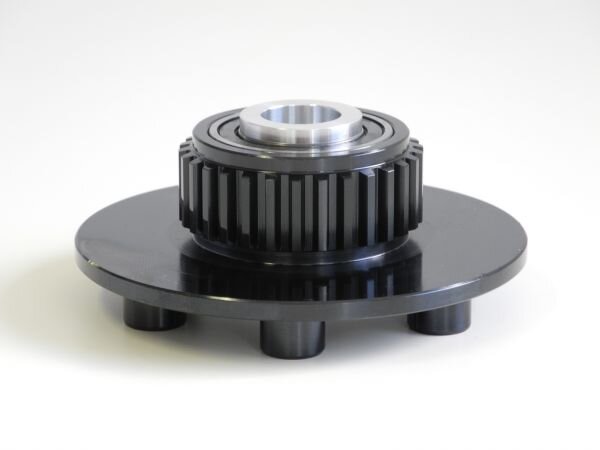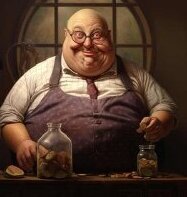-
Posts
5,223 -
Joined
-
Last visited
-
Days Won
268
Everything posted by Lucky Phil
-
Read more
Personally Pete I'd repair the one you've got. The Spare gearbox I had and used on my V10 engine swap showed no outward signs of cracking but I dye pen checked it anyway and it was cracked. I suspect they crack due to thermal cooling after casting and then it's just a matter of time. Buying a second hand one you run the same risk. Repair is pretty straight forward if you know a good alloy welder. I did mine. Just grind out the crack and pre heat the case to 150C and weld it. Peen it once at the half way point and again at the end. No distortion observed and now it's stronger than the original. I documented it all in my V10 Daytona engine swap thread.
Phil

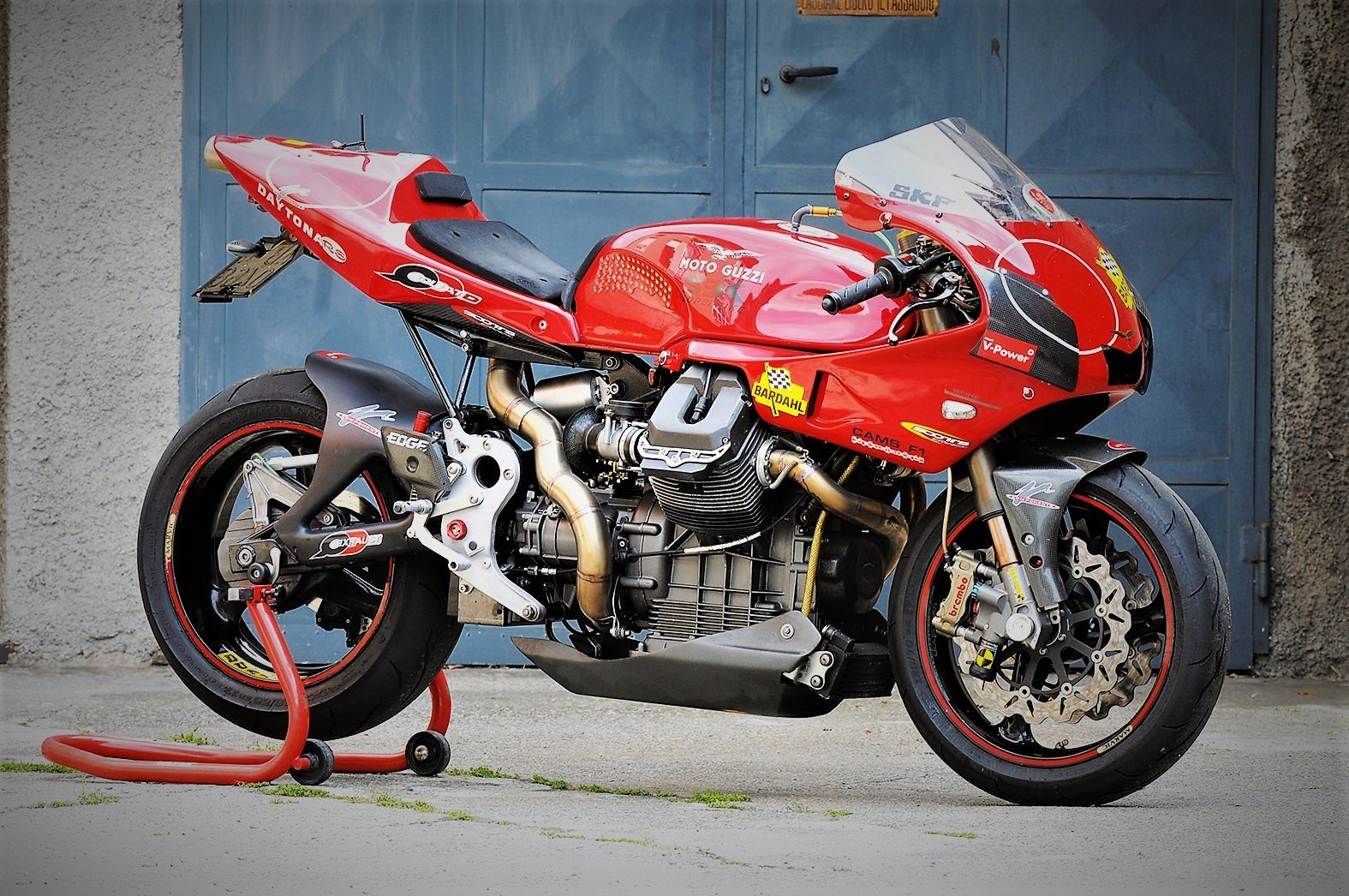
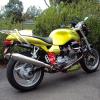


![20221117_165131_resized[15757].jpg](https://www.v11lemans.com/gallery/monthly_2023_01/small.542815752_20221117_165131_resized15757.jpg.fcd6bc73290defa327a8330927d9c87c.jpg)
